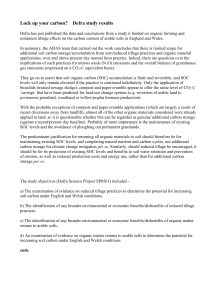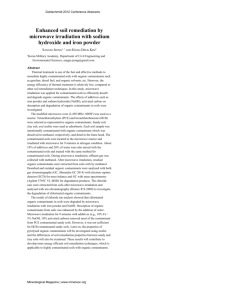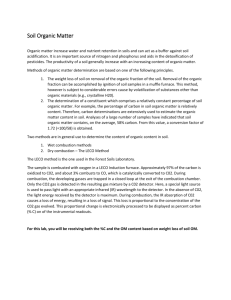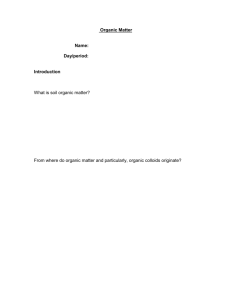Hazardous Waste Treatment Processes
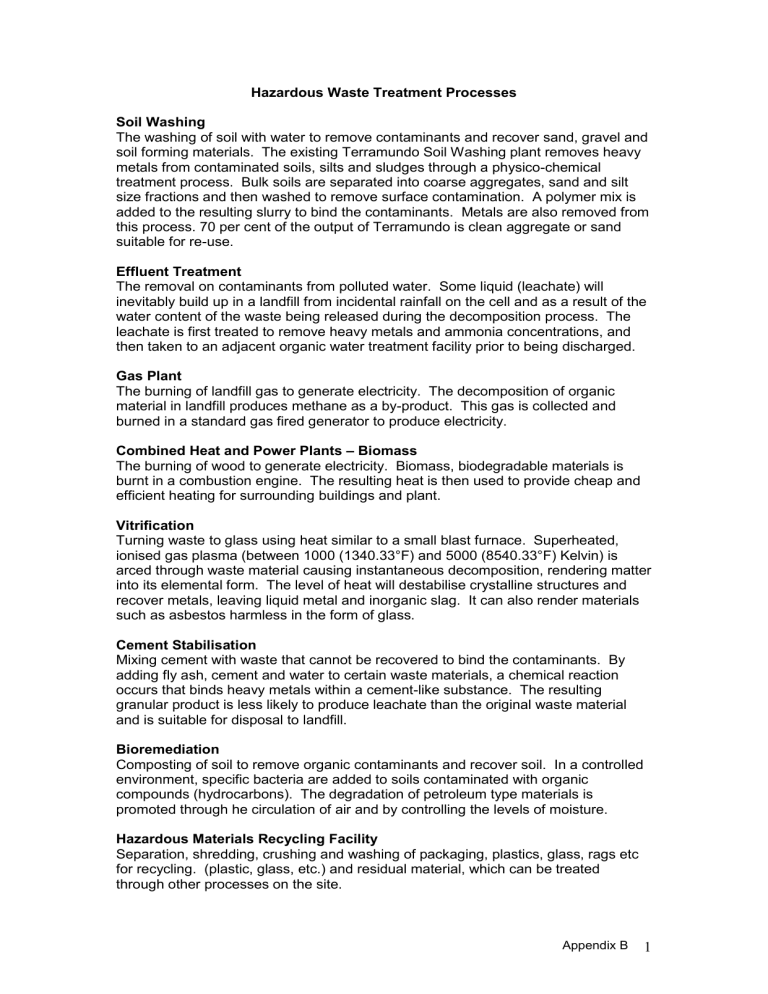
Hazardous Waste Treatment Processes
Soil Washing
The washing of soil with water to remove contaminants and recover sand, gravel and soil forming materials. The existing Terramundo Soil Washing plant removes heavy metals from contaminated soils, silts and sludges through a physico-chemical treatment process. Bulk soils are separated into coarse aggregates, sand and silt size fractions and then washed to remove surface contamination. A polymer mix is added to the resulting slurry to bind the contaminants. Metals are also removed from this process. 70 per cent of the output of Terramundo is clean aggregate or sand suitable for re-use.
Effluent Treatment
The removal on contaminants from polluted water. Some liquid (leachate) will inevitably build up in a landfill from incidental rainfall on the cell and as a result of the water content of the waste being released during the decomposition process. The leachate is first treated to remove heavy metals and ammonia concentrations, and then taken to an adjacent organic water treatment facility prior to being discharged.
Gas Plant
The burning of landfill gas to generate electricity. The decomposition of organic material in landfill produces methane as a by-product. This gas is collected and burned in a standard gas fired generator to produce electricity.
Combined Heat and Power Plants – Biomass
The burning of wood to generate electricity. Biomass, biodegradable materials is burnt in a combustion engine. The resulting heat is then used to provide cheap and efficient heating for surrounding buildings and plant.
Vitrification
Turning waste to glass using heat similar to a small blast furnace. Superheated, ionised gas plasma (between 1000 (1340.33°F) and 5000 (8540.33°F) Kelvin) is arced through waste material causing instantaneous decomposition, rendering matter into its elemental form. The level of heat will destabilise crystalline structures and recover metals, leaving liquid metal and inorganic slag. It can also render materials such as asbestos harmless in the form of glass.
Cement Stabilisation
Mixing cement with waste that cannot be recovered to bind the contaminants. By adding fly ash, cement and water to certain waste materials, a chemical reaction occurs that binds heavy metals within a cement-like substance. The resulting granular product is less likely to produce leachate than the original waste material and is suitable for disposal to landfill.
Bioremediation
Composting of soil to remove organic contaminants and recover soil. In a controlled environment, specific bacteria are added to soils contaminated with organic compounds (hydrocarbons). The degradation of petroleum type materials is promoted through he circulation of air and by controlling the levels of moisture.
Hazardous Materials Recycling Facility
Separation, shredding, crushing and washing of packaging, plastics, glass, rags etc for recycling. (plastic, glass, etc.) and residual material, which can be treated through other processes on the site.
Appendix B 1
Transfer Station
Collection and bulking of wastes for treatment elsewhere. Mixed waste loads are sorted and then fed into the other processes on site or forwarded to another facility.
Indirect thermal Desorption (ITD)
Heating of soils and sludges to evaporate organic contaminants and distillation to produce a fuel and recovered soil. ITD is essentially a distillation process, not incineration. An indirect heat source is used to remove organic compounds from solid matter in the absence of oxygen. The resulting vapour is cooled to produce a liquid with a high calorific value and the remaining solid material in then noncontaminated.
Anaerobic Digestion
Composting in a vessel in the absence of air to produce compost and fuels. Organic wastes (food waste, green garden waste etc) are put into a reaction chamber containing bacteria, which is then heated and rotated. The bacteria decompose the organic matter to produce solid compost, nutrient rich liquid and methane that can then be used to produce energy.
Tank Farm
A series of tanks in which oils can be separated and acids neutralised. Bulk amounts of liquid are treated, most commonly to separate oil and water and the neutralisation of acid based liquid to form a neutral saline solution.
Appendix B 2


